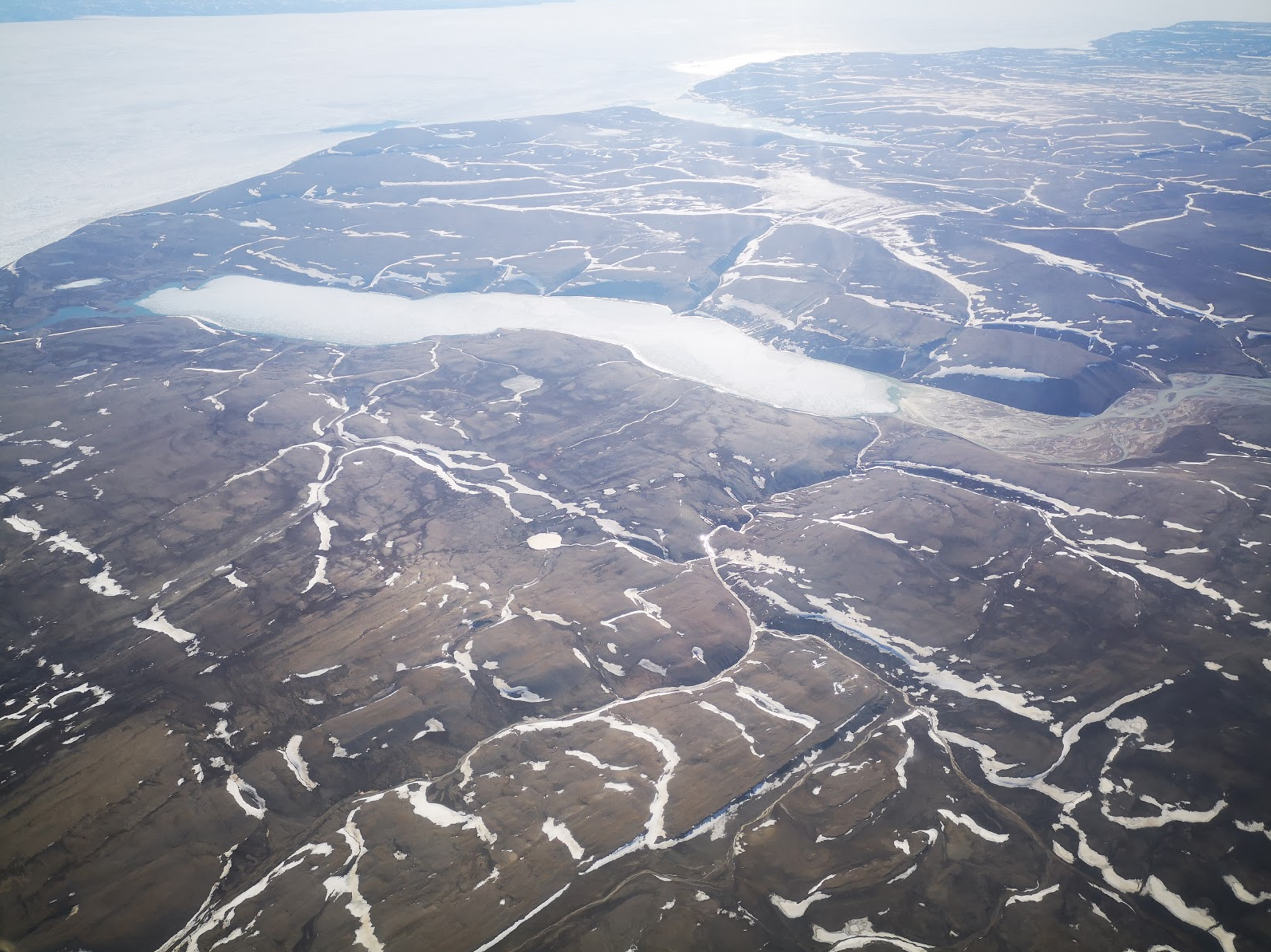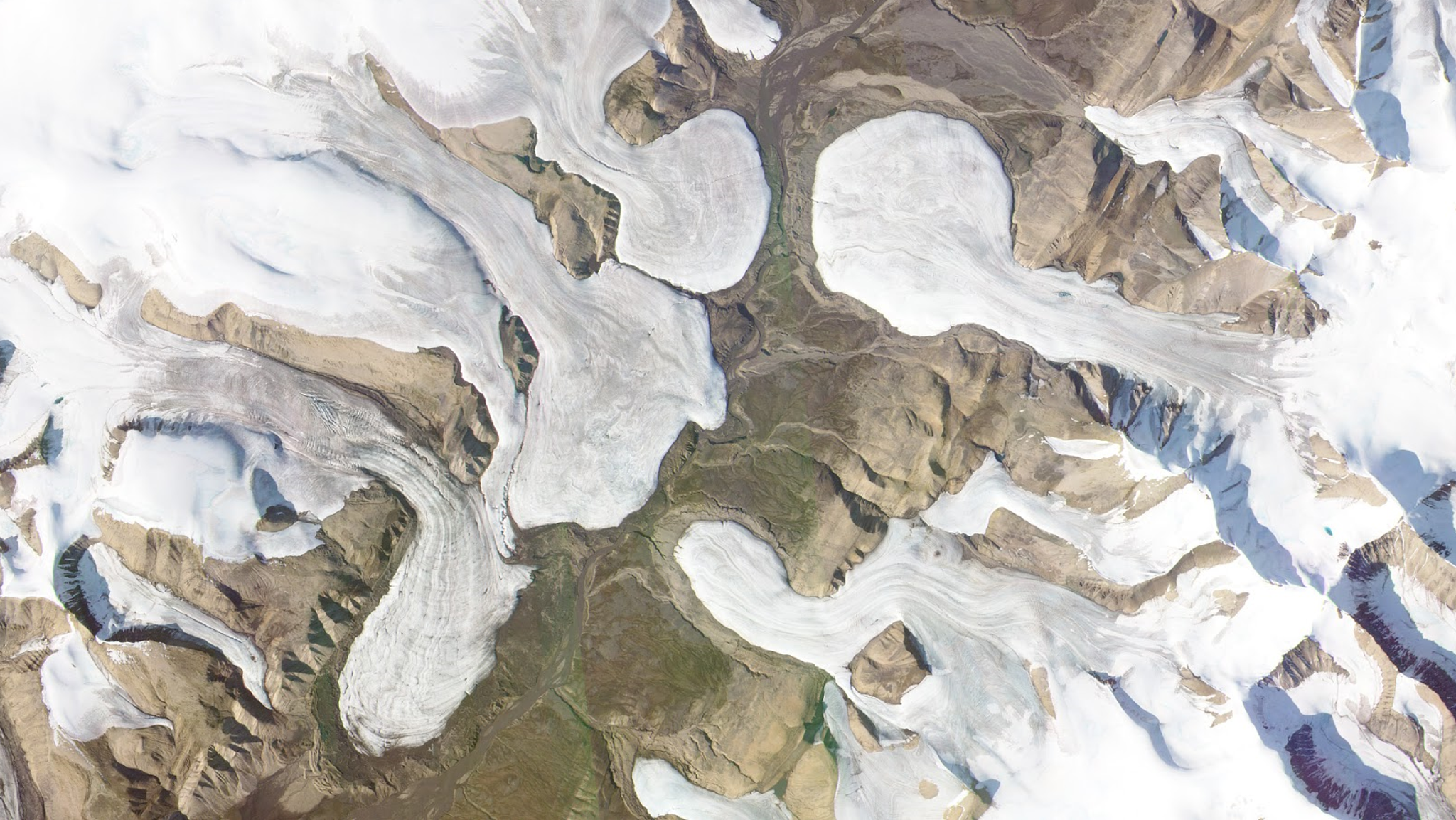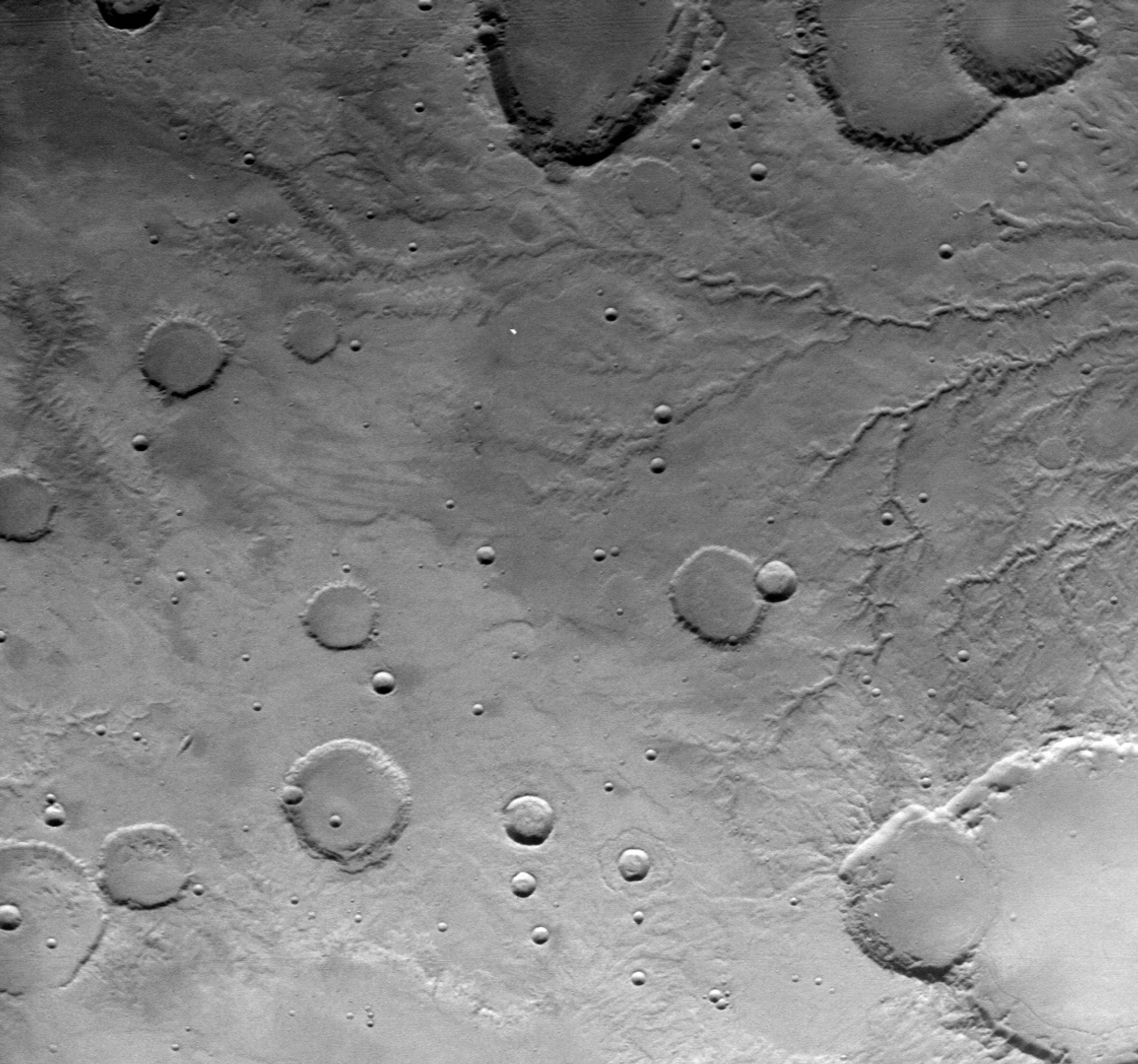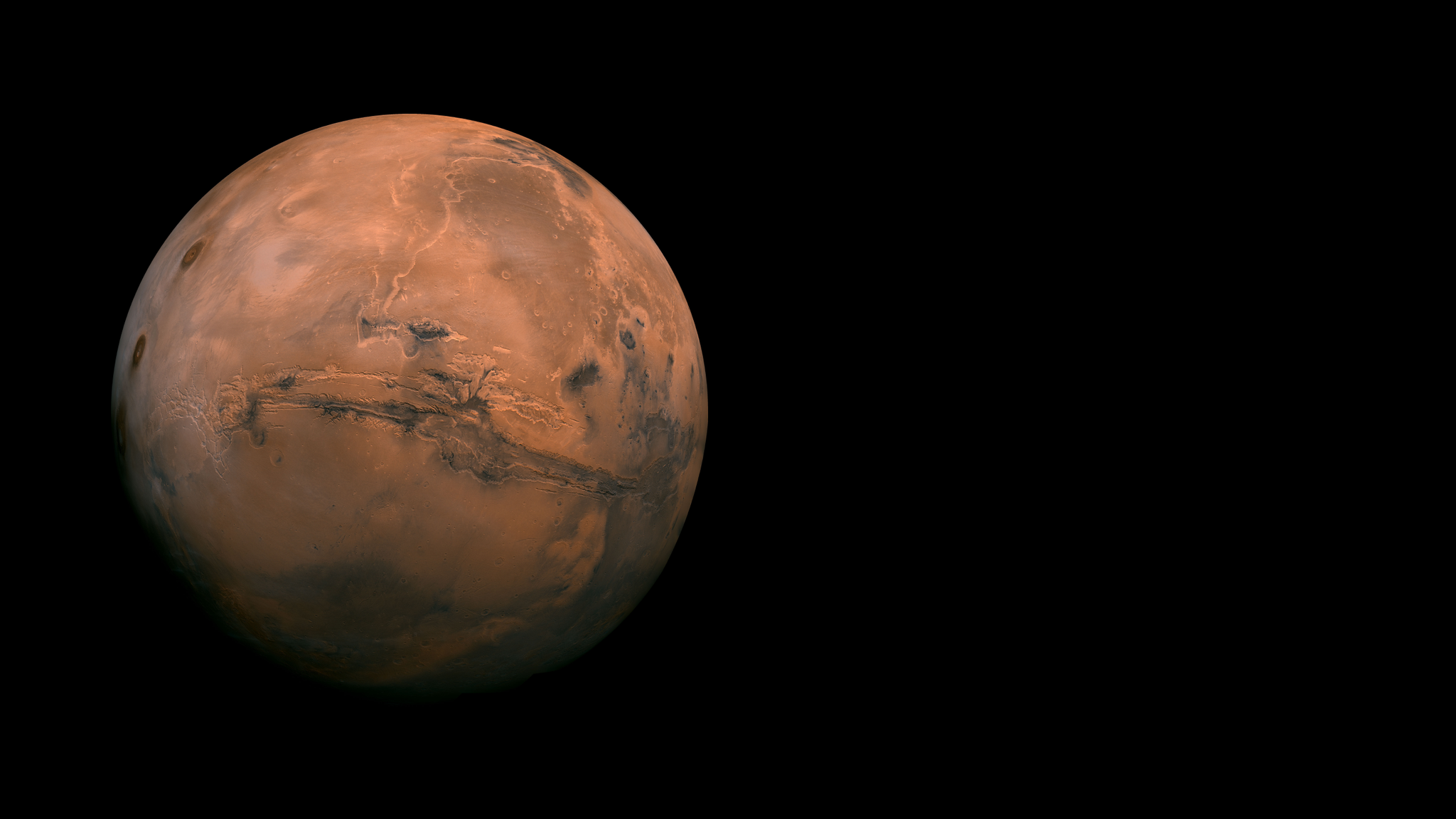Venturing to Mars on Earth with the Help of Planet Data
Dr. Anna Grau Galofre of Arizona State University and her colleagues are using PlanetScope imagery to help learn more about life on Mars. Grau Galofre and her team are analyzing the terrain of Axel Heiberg Island in the Canadian High Arctic, with the aim of observing channels carved by melting glaciers. What makes these channels particularly unique is that they bear a striking resemblance to distinct-looking channels on Mars, carved hundreds of millions of years ago. Since there are only a handful of places on Earth that mimic Mars in terms of climate and landscape, this makes Axel Heiberg Island extremely valuable to the study of the Red Planet. Looking at such places helps us understand what Mars was like in its ancient past! Many of the features on the surface of Mars today are relics of its former climates. Using observations from PlanetScope imagery paired with aerial imagery collected via helicopter, as well as ground-based data, scientists like Grau Galofre can piece together findings from places like Axel Heiberg to hypothesize how martian features might have formed. This research was made possible thanks to Arizona State University’s campus-wide Education and Research (E&R) License for Planet imagery. Enabling access to the entire PlanetScope catalogue of daily coverage of Earth, our E&R licenses open up a treasure trove of data for students, professors and other academics to delve into insights about our ever-changing world. In the Arctic, snow on the ground can bury geologic features of interest. This is where Planet’s data is particularly useful. “Access to daily imagery around the island meant our team could quickly tell if our sites of interest were still snow-covered or not,” Grau Galofre remarked. This resulted in their visiting more targets this past summer than in previous years, increasing the scientific return of their expedition. On the uninhabited island, there are no roads, so getting around requires helicopter time costing thousands of dollars per hour. Therefore, being able to tell in advance where the channels are visible on a specific day save both time and money. Axel Heiberg Island is home to a unique cold polar desert. It gets an average of 58 millimeters of precipitation each year. (For comparison, Phoenix, Arizona gets nearly four times that much rainfall annually.) While the word “desert” likely evokes visions of hot, vast, sandy regions—which is usually the case on Earth—a select few cold deserts exist, where the climate is dry but freezing. And this is what makes Axel Heiberg Island special. [caption id="attachment_144530" align="aligncenter" width="1594"]




Ready to Get Started
Connect with a member of our Sales team. We'll help you find the right products and pricing for your needs


